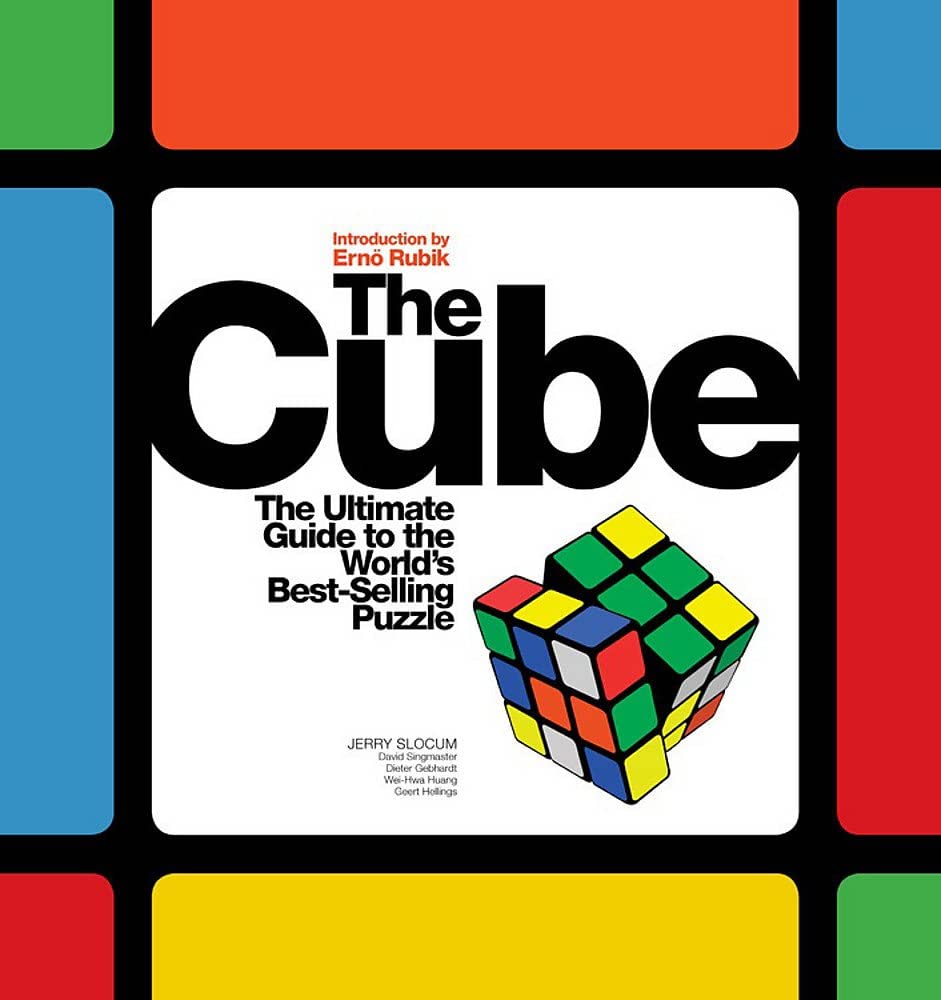Rubik’s Cube, the 3D puzzle game, was invented by Hungarian sculptor Ernő Rubik in 1974 as a tool to explain the concept of three-dimensional space to his students. He then discovered its potential as a puzzle game with endless configurations that could captivate people of all ages and backgrounds. The puzzle game was initially called Magic Cube and became a global phenomenon after its release in Hungary in 1977. It has sold over 400 million units worldwide and has undergone many transformations over the years, including the move from wooden to plastic build and the release of a Rubik’s Cube app for smartphones. It also spawned other puzzle games and became a cultural icon with its merchandise and pop culture references.
The Fascinating History of Rubik’s Cube: From Invention to Global Phenomenon
Introduction
First introduced in 1974 as the Magic Cube, Rubik’s Cube is a 3D puzzle that has become a worldwide sensation. It has sold over 400 million units making it the bestselling puzzle game in history. Many have attempted to solve its complex, multicolored cube that has managed to captivate people of all ages and backgrounds. However, what did it take for Rubik’s Cube to become the phenomenon it is today? This article will delve into the history of Rubik’s Cube, from its invention to its global takeover.
The Invention of Rubik’s Cube
Rubik’s Cube was invented by Hungarian sculptor and professor of architecture, Ernő Rubik. Rubik was interested in the concept of spatial awareness and in 1974 he set out to create a cube that could be manipulated into different configurations. He handcrafted a wooden cube with small cubes making up each side. Each cube was attached to the center of the larger cube with a mechanism that allowed it to move independently. Rubik’s plan was to use the cube as a visual aid to explain to his students the concept of three-dimensional space.
The Magic Cube
The original name for Rubik’s Cube was the Magic Cube. Rubik initially struggled to solve the cube and it took him almost a month to figure it out. He realized that the cube had multiple solutions and could be rearranged into trillions of configurations. Rubik was surprised to find that other people were also intrigued by the cube and its challenge.
Rubik’s Invention Becomes a Worldwide Sensation
Rubik’s Cube was released to the public in Hungary in 1977. The first major achievement came when the toy company Ideal Toy Corp secured the rights to distribute the cube outside Hungary. It was released in America in 1980 and quickly became a hit. By 1981, Rubik’s Cube was being distributed globally. Its innovative design and challenging gameplay won over puzzle lovers across the world. Children and adults alike were captivated by the endless possibilities of the cube, and it quickly became a symbol of intelligence and brainpower.
A Global Obsession
As the Rubik’s Cube’s popularity skyrocketed, so did the desire to solve it in less and less time. In 1982, the first Rubik’s Cube World Championship was held in Budapest, Hungary. Competitors from all over the world came together to battle it out and fast solve the cube. The competition was won by Minh Thai, who solved the cube in just 22.95 seconds. The appeal of Rubik’s Cube expanded beyond just competitions, and it started featuring in film, television, and music.
The Evolution of Rubik’s Cube
Over the years, Rubik’s Cube has undergone many transformations. Different variations of the cube have been released, and new game modes have been created. One of the most significant changes was the move from the original wooden build to plastic. Plastic manufacturing meant that the cube could be mass-produced, significantly increasing its own popularity. A Rubik’s Cube app was released for smartphones to boost the cube’s accessibility to more people, particularly the younger generation.
Rubik’s Cube: A Cultural Icon
The Rubik’s Cube has become a cultural icon in its own right, spawning its line of merchandise, including t-shirts, mugs, and phone cases. Its influence has reached other areas of pop culture, such as movies and TV shows. The Rubik’s Cube also helped pave the way for other puzzle games, such as the Sudoku phenomenon, that emerged in the 2000s.
Conclusion
Rubik’s Cube has come a long way since its creation in 1974. What started out as a tool to teach Erno Rubik’s students, became a global phenomenon that has sold over 400 million units worldwide. The Rubik’s Cube has secured a place in history as the bestselling puzzle game, and it continues to captivate and challenge people of all ages. It serves as a reminder that the simplest ideas can sometimes be the most successful ones.
